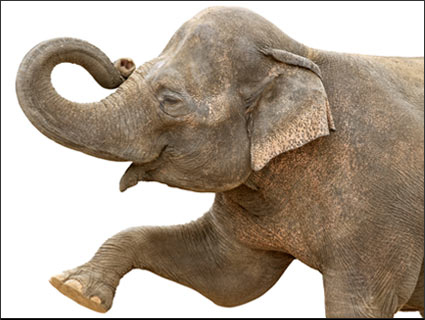This post courtesy BBC Earth. For more wildlife news, find BBC Earth on Facebook and Posterous.
Our world may be very big, but sometimes it is the smallest stories that teach us the most about this planet. BBC Earth brings you three incredible videos where the innovative use of technology has helped our team capture nature’s true magic.
For example: Did you know you can see colonies of grass cutter ants from space? Below, producer Rupert Barrington explains how he managed to get within unprecedented proximity of a nest of up to five million grass cutter ants:
This isn’t the only example of innovation in natural history. In the following clip, executive producer Mike Gunton shares fascinating insight into the imagination of the male Vogelkop bowerbird:
Developing technology to capture the minuscule and the marvelous is one thing. But what happens when what you’re trying to film is located underneath eight feet of solid ice? Below, producer Neil Lucas talks about the incredibly rewarding but painstaking task of filming in these challenging conditions:
Armed with a passion for the natural world and the desire to communicate its incredible stories, BBC Earth filmmakers will continue to surprise and delight us for years to come.










